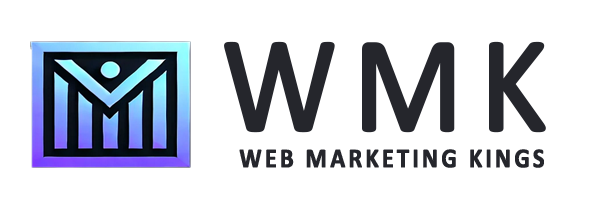
In the fast-paced world of digital marketing, page speed optimization is no longer optional—it’s essential. Your website’s loading time directly impacts user experience, search engine rankings, and overall conversions. In this blog, we’ll explore why page speed optimization is critical and share actionable tips to make your website faster than ever.
“Web Marketing Kings helped us reduce our website’s load time from over 5 seconds to under 2 seconds. Not only did our bounce rate drop by 40%, but we also saw a 25% increase in conversions. Their expertise in page speed optimization is unmatched!”
John Carter, Founder of FitGo
What Is Page Speed Optimization?
Page speed optimization refers to the process of improving how quickly your website loads and responds to user actions. A faster website not only improves user satisfaction but also plays a vital role in SEO.
Google prioritizes websites with faster load times in its rankings, especially after the introduction of Core Web Vitals, which measure essential performance metrics.
The Importance of Page Speed in SEO
Here’s why page speed optimization is so important:
-
Better User Experience (UX):
- A slow website frustrates users and drives them away.
- Studies show that 53% of mobile users abandon a website that takes more than 3 seconds to load.
-
Improved SEO Rankings:
- Google considers page speed a ranking factor. Faster websites are more likely to appear at the top of search results.
- Keywords like “page speed optimization” and “Core Web Vitals” are central to improving visibility.
-
Increased Conversions:
- A one-second delay in page load time can result in a 7% loss in conversions.
- Faster pages create seamless experiences, encouraging users to engage with your content or make a purchase.
How to Optimize Your Website’s Page Speed
1. Optimize Images
Large, uncompressed images are one of the biggest culprits of slow websites. Compress images without losing quality using tools like TinyPNG or ImageOptim. Use modern formats like WebP for even better results.
- Keywords: “compress images for SEO,” “WebP image optimization.”
2. Leverage Browser Caching
Enable browser caching to store certain files locally on a user’s device. This reduces the need for repeated data requests and improves load times for returning visitors.
- Keywords: “browser caching techniques,” “reduce server requests.”
3. Minimize HTTP Requests
Reduce the number of HTTP requests by combining CSS and JavaScript files. Streamlining your website’s code can lead to faster page speeds.
- Keywords: “minimize HTTP requests,” “combine CSS and JS files.”
4. Use a Content Delivery Network (CDN)
A CDN distributes your website’s content across multiple servers globally, ensuring users access the nearest server for faster load times.
- Keywords: “Content Delivery Network benefits,” “global server optimization.”
5. Improve Core Web Vitals
Core Web Vitals include Largest Contentful Paint (LCP), First Input Delay (FID), and Cumulative Layout Shift (CLS). Aim to:
-
Keep LCP under 2.5 seconds.
-
Reduce FID to below 100 milliseconds.
-
Ensure CLS remains below 0.1.
-
Keywords: “improve Core Web Vitals,” “SEO-friendly performance metrics.”
6. Implement Lazy Loading
Lazy loading ensures that images and videos load only when they’re visible on the user’s screen. This significantly reduces initial page load time.
- Keywords: “lazy loading for websites,” “faster image loading techniques.”
Tools to Measure Page Speed
Before making optimizations, analyze your website’s performance using these tools:
- Google PageSpeed Insights: Offers suggestions to enhance page speed.
- GTmetrix: Provides detailed insights into your website’s speed and bottlenecks.
- Lighthouse: Google’s tool for auditing page performance.
